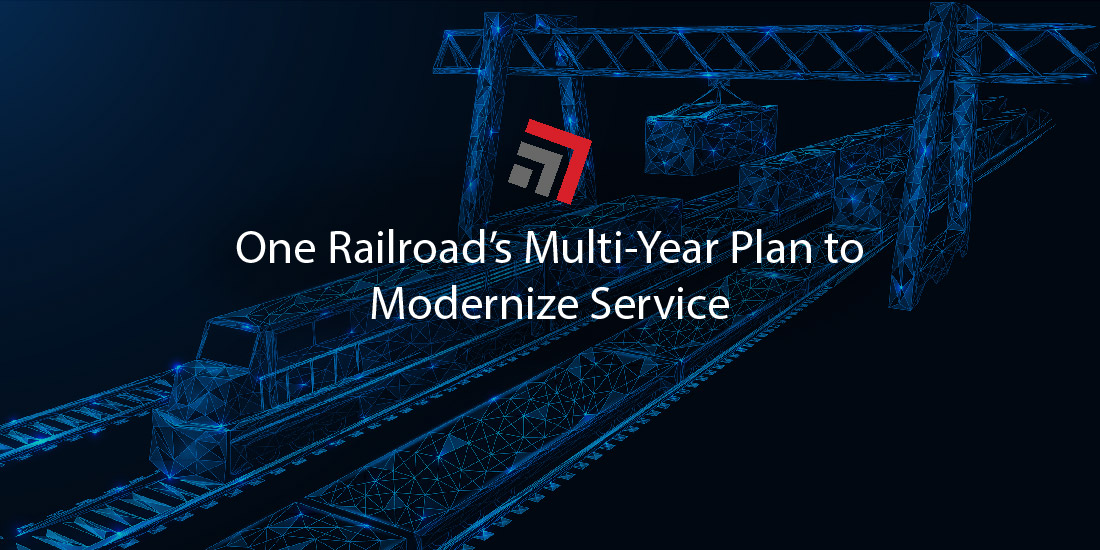U.S. freight rail is an institution. The transportation mode dates back to the early 19th century and, for the better part of this span, was the undisputed focal point of antiquated supply chains.
While it remains competitively viable in the present day, other options, mainly trucking, have marauded freight rail of its once singular dominance over transportation. Today, the industry receives less praise and more criticism. The most abhorrent of voices even pen the mode as an outdated relic of the past. While it’s perhaps an extreme critique, there are underlying truths behind such a statement—and the industry knows it.
Freight rail leadership recognizes that in order to remain competitive, they must evolve their operations to meet the expectations of 21st century shippers. They must prove their service offerings embrace the technological advancements that are steering today’s world of shipping. Freight rail must reinvent itself.
CSX eyes high-tech upgrades to service platform
Recent investment from Class I railroad CSX is a telling example of the industry’s strategy to modernize. The railway behemoth is refining its ShipCSX customer service platform over a multi-year plan dedicated to integrating emerging technologies.
CSX is eyeing the addition of new tools and functions for the platform, while also pursuing the introduction of alternative fuels for locomotives, advanced GPS shipment tracking, and upgraded wayside defect detection systems.
These projects encompass an overall goal to improve customer satisfaction. The high-tech additions look to provide shipper-customers with the transparency they have come to demand across sectors, including ocean and air freight shipping.
The inclusion of alternative fuels and upgraded detection systems also reveal the railroad’s push towards increased sustainability and safety—areas of focus shippers have become more critical of.
At a glance, shipper-customers should expect an improved experience using the ShipCSX platform. The railroad is set to implement more advanced business tools to streamline transactions. For booked shipments, the platform will feature better management for shipments and improved tracking on in-transit freight on the railroad’s network.
Aligning with CSX’s stride for sustainability, the railroad will implement a new carbon calculator. The tool can guide users on a shipment’s carbon output. For shippers aiming to achieve sustainability goals, the calculator enables them to explore potential carbon savings, while also visualizing the probable ecological impact of shipment before its booked.
CSX’s high-tech investment hopes to flip the script for any shippers on the fence with using rail transportation. The industry’s current advantages, cheaper and relatively safer when compared to long-haul trucking, will be further emphasized if freight rail advertises a high-tech service backbone as well.
Final Thoughts
As noted earlier, the improvements to the ShipCSX platform are a part of a multi-year plan. Shippers should not expect these changes to be made overnight. Rather, the railroad is expected to gradually implement them. CSX says it will continue to allocate a portion of its annual budget towards these technological innovations.
Contact one of our team members if you have any questions regarding this topic or any others in domestic logistics.
More blogs similar to this:



Recent Comments